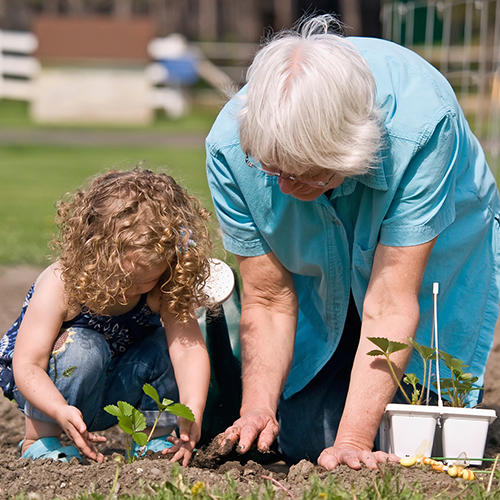1. The premenopause is the beginning of the climacteric (usually the early 40s) when periods may be heavy and irregular.
2. The perimenopause is the stage (usually a few years) on either side of your last period when physical symptoms such as hot flushes begin and periods become more irregular.
3. The postmenopause encompasses the rest of your life, after your periods stop.
As the menopause approaches, the ovaries begin to fail, and there’s a sudden drop in our female sex hormones, oestrogen and progesterone, which causes menstruation to cease.
What started at adolescence with your first period now wanes as you fail to ovulate. Nearly all the symptoms of the menopause can be explained by the falling levels of oestrogen in your blood.
What are the symptoms?
The symptoms most commonly associated with the menopause include:
* hot flushes and night sweats
* dryness and soreness of the vagina and consequently some pain on intercourse
* anxiety, depression, irritability and tiredness
* an inability to sleep at night
* a fall in sexual interest
* dry skin and thinning hair
* urinary and bladder problems due to the thinning of the bladder lining.
Women going through the menopause have a tendency to put on weight – particularly around the waist (middle aged spread).
This change in shape with loss of the waistline is a sign that carries an increased risk of heart disease, a side effect of the menopause along with stroke, osteoporosis and Alzheimer’s disease. All of these long term hazards of the menopause are ameliorated by HRT.
The list of symptoms associated with the menopause is long, and at first glance may be daunting.
Fortunately, no woman experiences the whole range – you’ll probably only have a few but many women have none.

